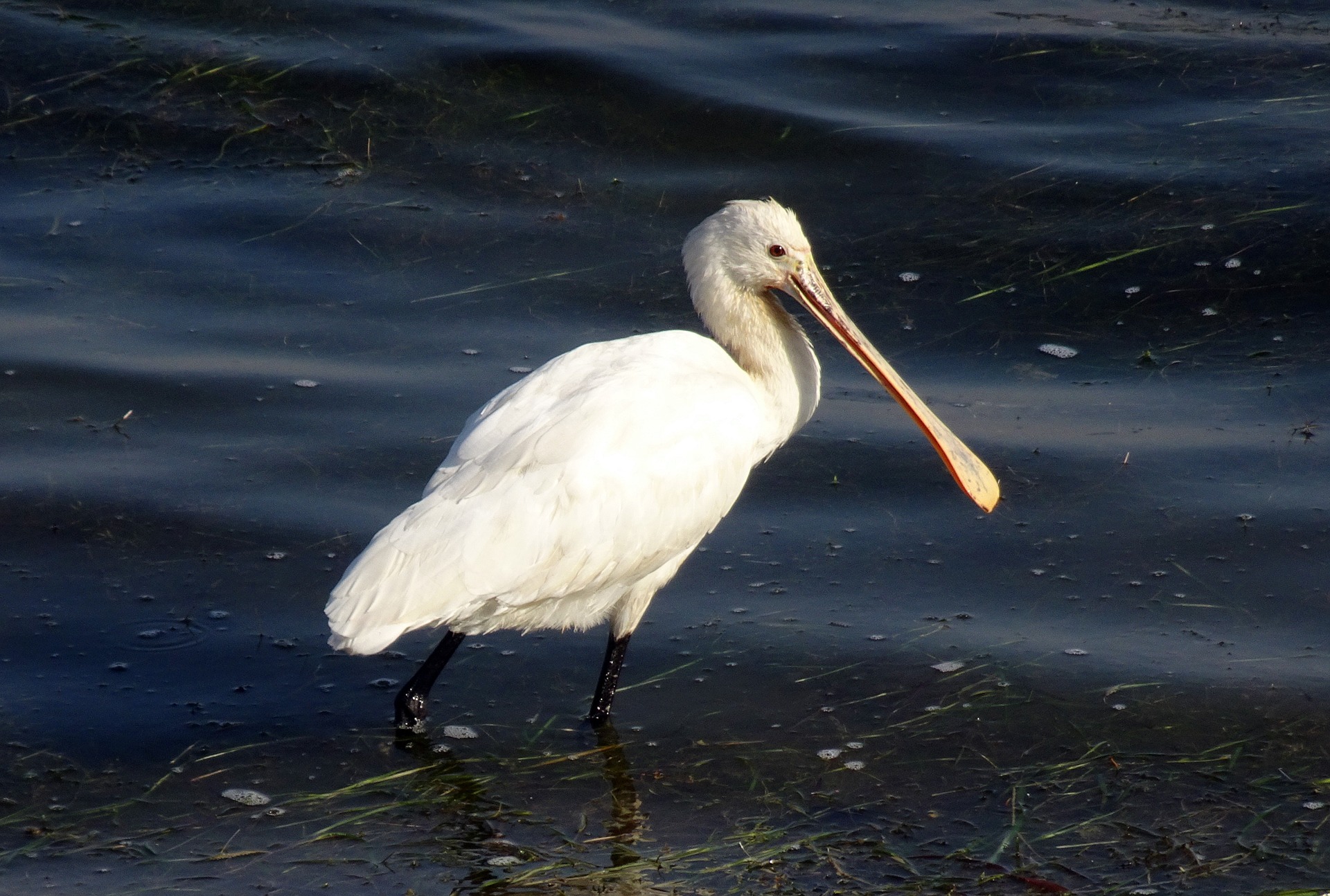How natural climate buffers can protect the Netherlands AND create beauty
One of the largest freshwater lakes in western Europe is to be restored by constructing islands, marshes and mud flats from the sediments that have accumulated in the lake in recent decades. These ‘Marker Wadden’ will form a unique ecosystem that will boost biodiversity in the Netherlands.
L
ake Markermeer, a large lake north of Amsterdam in The Netherlands, is the site of an ambitious and creative rewilding project run by Natuurmonumenten (the Dutch Society for Nature Conservation). An artificial archipelago is being developed to create habitats for birds, fish and plantlife, restoring nature to an area that has been subject to environmental decline over the last half century.
Five man-made islands, called the ‘Marker Wadden’, are forming a unique ecosystem that will boost biodiversity in the Netherlands across 100 square kilometres. One island is now open to human visitors and wildlife enthusiasts; the remaining four will be left wild and untouched, for the rest of nature to thrive. The project has been funded by the Dutch National Postcode Lottery and the Dutch government.
The project will create a range of new habitats to boost wider ecosystem health in the surrounding area, at a time when many species are endangered by human activity and climate change. The Markermeer is an important resting place for migratory birds, crossing over from Africa to breeding grounds in Scandinavia, Russia or Siberia. Other avian species overwinter on the lake.
Reversing decline
But the recent history of Lake Markermeer is one of neglect. Once part of the Dutch Zuiderzee, in 1976 it was split off from the IJsselmeer, when the Houtribdijk dam between Enkhuizen and Lelystad was built. Being cut off from the vitality of sea and rivers meant the habitat started to degrade. Plans to reclaim the area languished. A thick layer of silt and mud built up on the floor of the lake over the years, suffocating important bottom-dwelling species.
The turbid nature of the lake – because of waves and wind – churns up the slit into the shallow lake floor which prevents light reaching the lower depths, which algae and water plants need to grow. Without plants and invertebrates such as the zebra mussel, species of fish declined dramatically. Without fish to eat, populations of birds went downhill, too. Since the 1980s, species of common pochard, tufted duck and common goldeneye, for example, declined by more than 80 per cent.
A creative solution was needed.
Inspired by the Dutch history of a moving, evolving coastline, driven by the need for the country to actively manage water for flood protection, an idea for man-made natural habitats was floated. But what to make them with? The very silt that was choking the life out of the area.

The project is good news for the Euroasian Spoonbill. Image by Bishnu Sarangi/Pixabay
Letting light in
The islands are currently being built out of the fine sediment from the bottom of the lake. Spawning areas, natural shores, wetlands, mud flats and beaches will provide varied areas for hundreds of species of wildlife – and are already starting to do so. Trapping the silt into the islands will stop it from clouding the water, crucially allowing light to reach the organisms in the shallows.
As water quality improves, and more food is available for fish, populations will increase. For fish-eating birds, species such as smelt are an important food source. The lake is home to many common fish species (roach, perch, carp, three-spined stickleback) and also rare species such as houting, burbot, asp and sea trout.
Already, wildlife are flourishing in the newest islands in the world. Around 120 species of bird, from spoonbills to sand martins and avocets to red-crested pochards, have been recorded. New species of bats, insects, fish and plants are starting to repopulate the developing string of islands. “We have already seen dramatic, spectacular changes: thousands of new birds, clearer water, massive amounts of insects,” Roel Posthoorn, an initiator of the project for the Dutch Society for Nature Conservation, told the New York Times.
Human benefits
Opening the islands for nature lovers and particularly bird watchers is an important element for the Marker Wadden project, so people can see how this unique and beautiful nature archipelago is being built. A boat landing stage and a visitor centre have opened on the first island, although there are no-boating zones to protect sensitive habitats and the species that live in them.
It’s a simple but inventive nature-based solution for restoring biodiversity in this pocket of Europe. Networks and corridors of habitats and species are a key natural climate solution and the Marker Wadden show how a little man-made activity might combat decades of neglect. Additionally, the idea could be repeated elsewhere: new lands for nature restoration may be an important solution as countries tackle climate adaptation and plan for the future of a changing environment.
The ideas presented in this article aim to inspire adaptation action – they are the views of the author and do not necessarily reflect those of the Global Center on Adaptation.